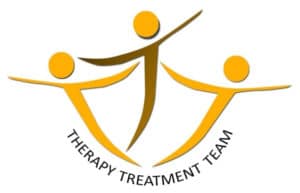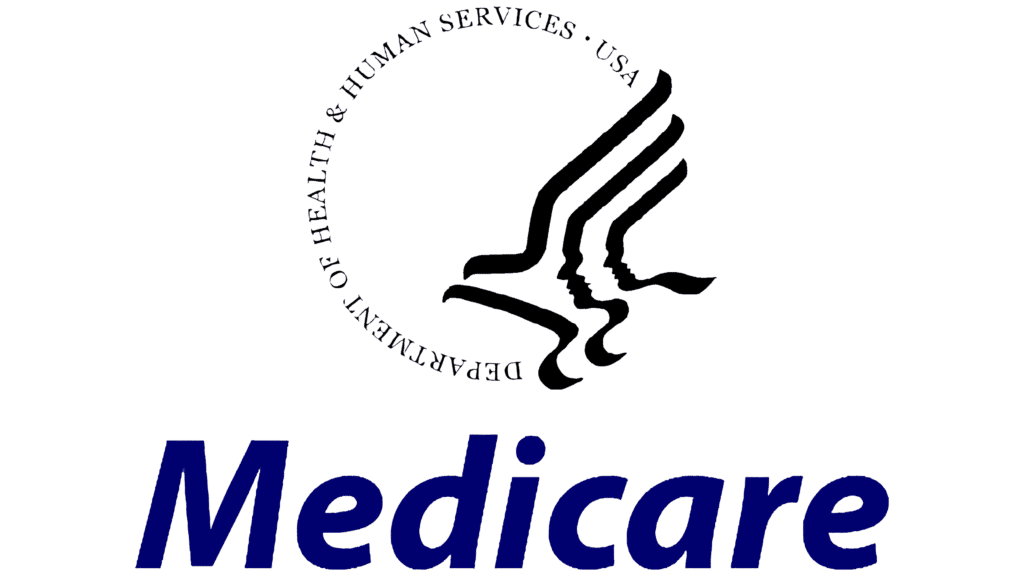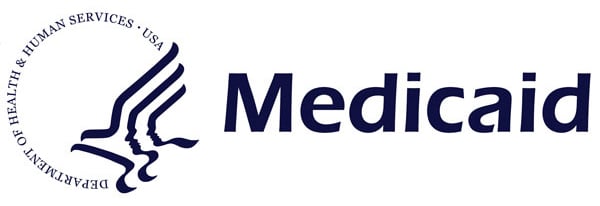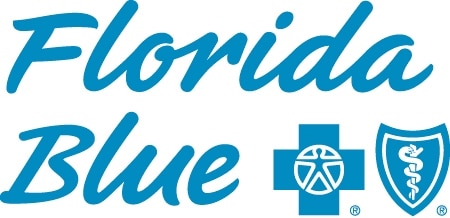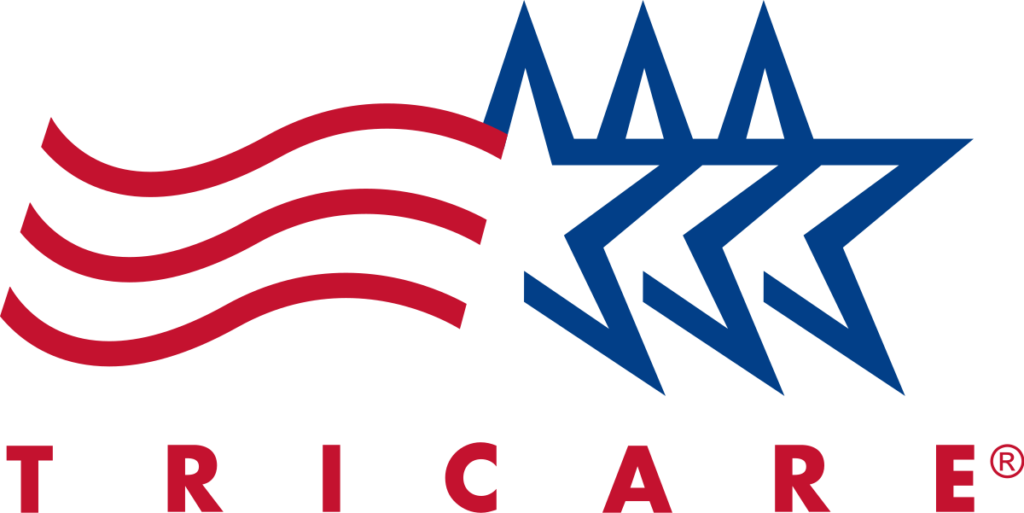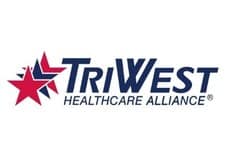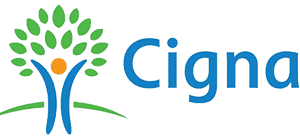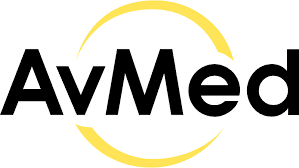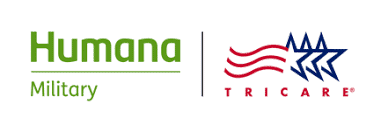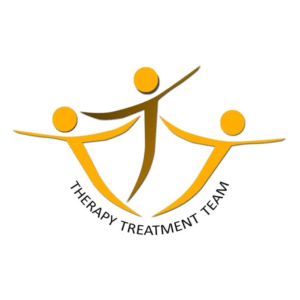Attention-Deficit/Hyperactivity Disorder (ADHD) is a prevalent neurodevelopmental disorder that significantly impacts individuals across the lifespan. The condition is not just limited to childhood but extends into adulthood for many, requiring nuanced understanding and treatment strategies. In this blog, we’ll dive into the pharmacologic treatment options for ADHD, discussing the key medications, neurobiological factors, and the complexities of treating comorbid conditions often seen in ADHD patients.
Understanding ADHD: Prevalence and Diagnosis
ADHD is one of the most common neuropsychiatric disorders, and its prevalence is globally significant. According to recent data, approximately 6% of adults worldwide have diagnosable ADHD, with the U.S. statistics closely matching at around 5%. ADHD is also notably prevalent in children, with global rates ranging from 5% to 7% and U.S. rates between 4% to 10%.
Interestingly, about 40% of individuals diagnosed with ADHD during childhood continue to meet the criteria for the disorder in adulthood. The remaining 60% of children may see a reduction or resolution of symptoms, but the fact remains that ADHD persists into adulthood for a significant portion of individuals. The rising awareness and diagnosis of adult ADHD have led to increased medication prescribing, which raises the question: are we treating individuals who genuinely meet the ADHD criteria, or is something else at play? This is a topic of ongoing debate, and more research is needed to better understand the nuances of adult ADHD diagnosis.
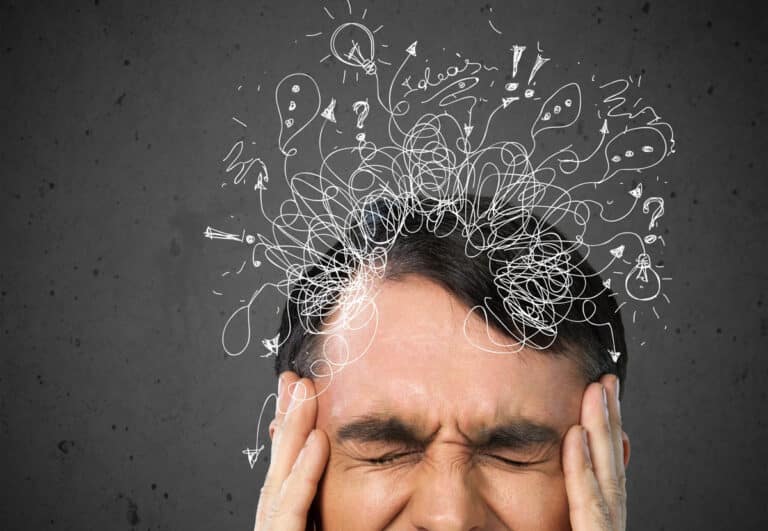
Neurobiology of ADHD: Key Neurotransmitters and Brain Areas
ADHD is characterized by abnormalities in brain structure and function, particularly in areas related to attention, decision-making, and motor control. The brain regions most implicated in ADHD include the frontal cortex, the cerebellum, and subcortical structures like the basal ganglia.
The frontal cortex is central to executive functions such as decision-making, impulse control, and planning. ADHD is associated with reduced dopamine activity in the frontal cortex, leading to deficits in these critical functions. The cerebellum, traditionally linked to movement and balance, also plays a role in attention and cognitive processing in ADHD patients. Finally, the basal ganglia, which governs motor control and behavior regulation, is thought to contribute to the hyperactivity and impulsivity seen in ADHD.
When it comes to neurotransmitters, ADHD is primarily associated with dysregulation of dopamine and norepinephrine. Dopamine, known for its role in motivation and reward pathways, influences task initiation and engagement. Norepinephrine, on the other hand, is crucial for sustained attention and arousal. Both neurotransmitters are key players in the brain’s ability to maintain focus and regulate behavior, which is why they are central to pharmacologic treatments for ADHD.
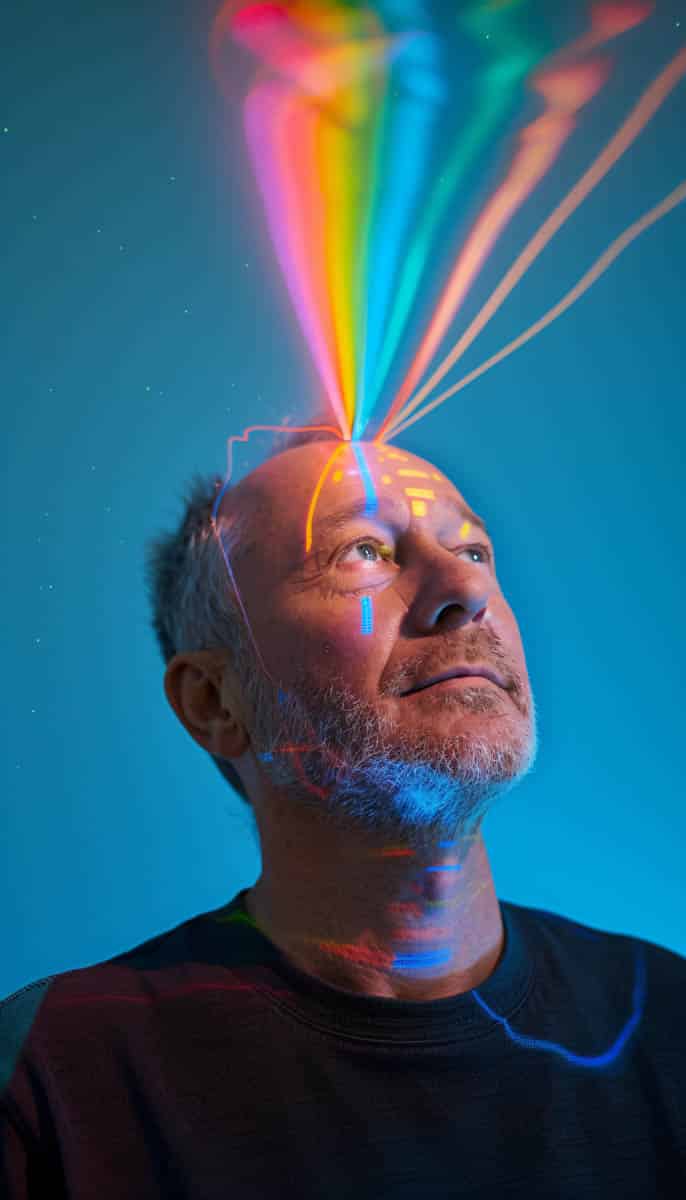
Pharmacologic Treatment of ADHD: Medications and Their Mechanisms
Pharmacologic treatment is often the cornerstone of ADHD management, particularly in adults and children with moderate to severe symptoms. The most common medications used in ADHD treatment are stimulants, though non-stimulant options are also available for patients who cannot tolerate stimulants or have comorbid conditions that complicate treatment.
Stimulant Medications
Stimulants are the most widely prescribed medications for ADHD due to their proven effectiveness in increasing dopamine and norepinephrine activity in the brain. These include:
- Methylphenidate (e.g., Ritalin, Concerta)
- Amphetamines (e.g., Adderall, Vyvanse)
These medications work by enhancing the release of dopamine and norepinephrine in the brain, improving attention, task initiation, and impulsivity control. However, stimulant medications are not without side effects, such as insomnia, increased blood pressure, or appetite suppression. They are also not suitable for everyone, particularly those with a history of substance use disorder or certain cardiovascular conditions.
Non-Stimulant Medications
For those who cannot tolerate stimulants, non-stimulant medications offer an alternative. These include:
- Atomoxetine (Strattera), a norepinephrine reuptake inhibitor
- Guanfacine (Intuniv) and Clonidine (Kapvay), alpha-2 adrenergic agonists
Atomoxetine works by selectively inhibiting the reuptake of norepinephrine, which helps improve attention and impulse control. Guanfacine and clonidine, originally developed for high blood pressure, are used to treat hyperactivity and impulsivity. These medications tend to have fewer side effects than stimulants but may take longer to show effects.
The Complexity of Comorbidities in ADHD Treatment
ADHD rarely occurs in isolation. A significant portion of individuals with ADHD also experience other mental health conditions, which can complicate the treatment process. Studies indicate that:
- Around 40% of adults with ADHD also have mood disorders, including major depression and bipolar disorder.
- Approximately 47% to 50% have some form of anxiety disorder, such as generalized anxiety, social anxiety, or panic disorder.
- About 15% of adults with ADHD also struggle with substance use disorders, particularly alcohol and marijuana, which can exacerbate ADHD symptoms and interfere with treatment.
Given these comorbidities, clinicians must carefully consider the full spectrum of a patient’s mental health when prescribing medications. For example, stimulants can potentially worsen anxiety or contribute to substance use problems, so the use of non-stimulants or other psychiatric medications may be more appropriate in certain cases.


The Role of Restlessness vs. Hyperactivity in ADHD
It is important to note that the typical symptomatology of ADHD may not always align with traditional terms like “hyperactivity.” Many clinicians, including Dustin Bower, prefer to describe ADHD symptoms as restlessness rather than hyperactivity. This restlessness can manifest both physically (e.g., fidgeting or an inability to sit still) and mentally (e.g., racing thoughts or difficulty focusing). In adults, this restlessness often shifts to irritability and difficulty managing emotions rather than overt hyperactive behaviors.
This distinction is crucial for both diagnosis and treatment. Understanding that ADHD often involves a combination of physical restlessness, mental agitation, and emotional dysregulation can help tailor more effective interventions.
Conclusion: Tailoring Treatment for ADHD
The pharmacologic treatment of ADHD requires a personalized approach, considering not only the individual’s symptoms but also any comorbid conditions and their unique neurobiological profile. By focusing on the key neurotransmitters dopamine and norepinephrine, medications can help alleviate the symptoms of inattention, hyperactivity, and impulsivity. However, the complexities of ADHD mean that treatment is rarely straightforward, and a holistic approach that addresses the whole person, including their mental health and any other underlying issues, is essential.
